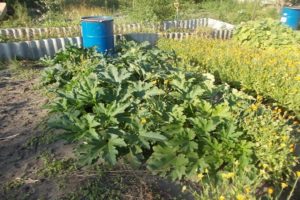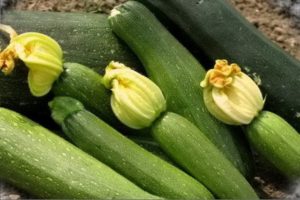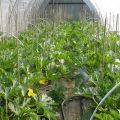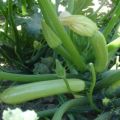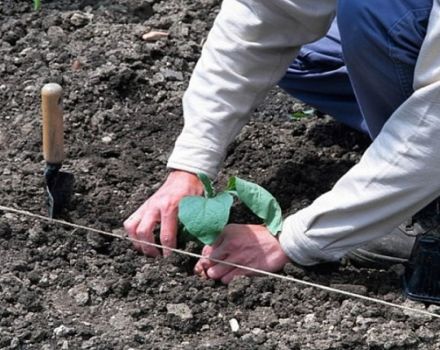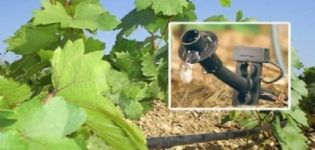Scheme of how to form and pinch zucchini in the open field
To increase the yield and get tasty fruits, you need to know the rules on how best to form zucchini in the open field. Some zucchini varieties do not need this procedure at all. In addition to the formation of the bush, there are other care guidelines that should be considered during growing. If the plant is pinched, then another question arises: is it necessary to repeat the procedure next time.
What kind of plant to plant?
All varieties and hybrids can be divided into two large groups: zucchini and white-fruited zucchini. Zucchini are distinguished by high yield and early maturity. The fruit has a thin skin and juicy pulp, in which there are practically no seeds. Later, white-fruited zucchini begin to ripen. The plant has better frost resistance, and the fruits ripen faster.
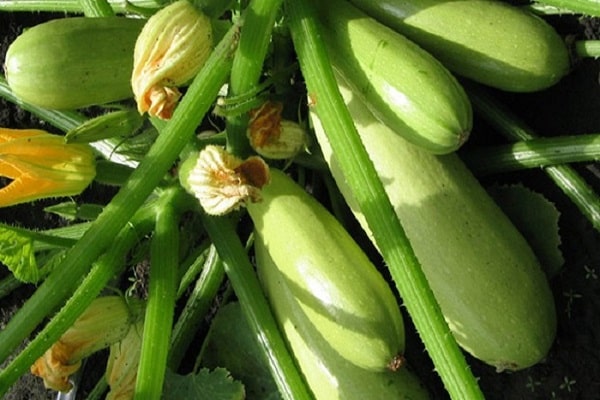
The best zucchini seeds can be selected from both bush varieties and climbing varieties.
Shrub varieties of zucchini (Aeronaut, Bely, Dinar, Ronde, Yakor, Cavili) require a small area for growing. Seeds can be planted at a distance of 60–70 cm. It is easy to look after the crop, no need to carry out formations.
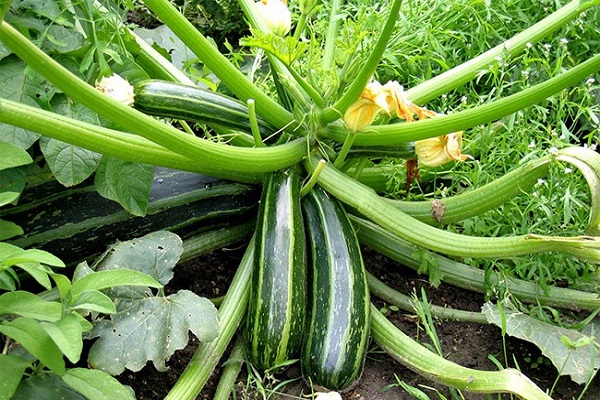
Climbing zucchini varieties form long lashes (up to several meters). Despite the fact that bush varieties are easier to care for, many summer residents plant a climbing type of zucchini because of the juicy and tasty fruits. Popular varieties include: Long-fruited, Waterfall, Aral, Gribovsky, Nemchinovsky, Karam. In order to prevent the lashes from spreading, you need to know how to properly shape the stem. It is advisable to plant zucchini seeds at a distance of at least 130 cm.
Outdoor cultivation
For the cultivation and formation of zucchini in the open field, a loose, light, chernozem soil with a sufficient amount of trace elements is suitable. If the soil is acidic, waterlogged, then there will be no good harvest. In the case when the soil is sandy, magnesium fertilizers are applied.
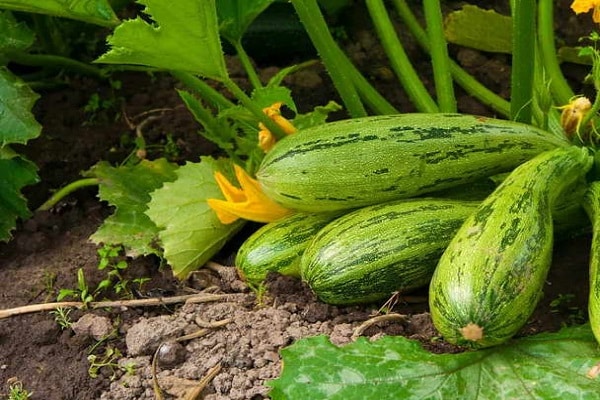
The preparation of the soil begins in the fall. It is carefully dug to a depth of 25 cm, harrowed and fertilized. A mixture of potassium sulfate and superphosphate is ideal.
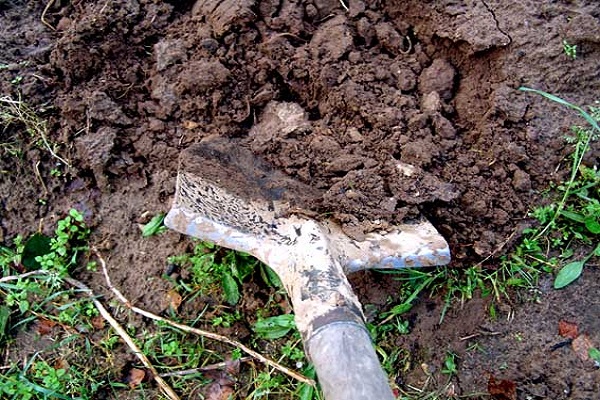
In the spring, the soil on the site needs to be dug again to a depth of 15 cm and ammonium nitrate added. The top layer of the soil must be loosened with a rake. The distance between the furrows is about 100 cm.
The best predecessors for zucchini are cabbage, potatoes, tomatoes, onions. After pumpkin crops, for example, squash, pumpkin or cucumber, squash should not be grown.
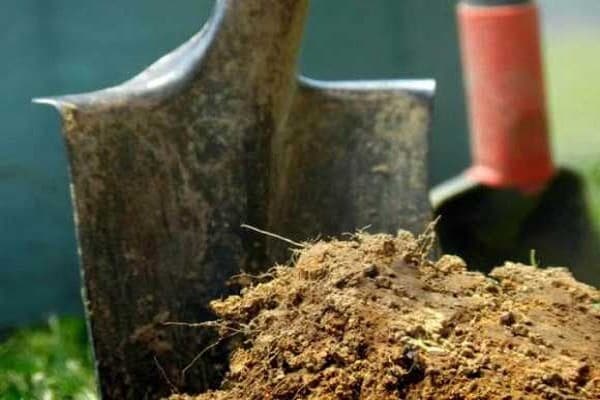
Zucchini develops well at an air temperature of about 22 degrees. It is worth closely monitoring the irrigation regime. Excessive moisture leads to rot. It is better to dry the soil in the beds where the zucchini grows than to pour.
Grow zucchini it is possible by sowing seeds in open ground or a greenhouse or by transplanting sprouted shoots. Best grown through seedlings. In this case, the zucchini will ripen much earlier.
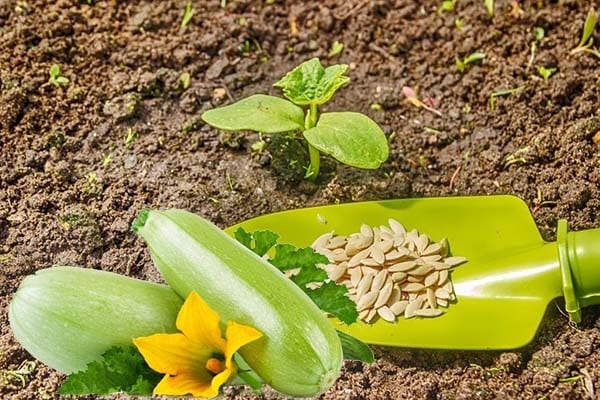
Planting seedlings
For planting seedlings of zucchini, use a soil of sand and peat. You can mix sawdust, turf, peat and add compost. Sowing seeds for an early harvest begins from late April to early May. If you want to harvest a late harvest, then sowing is best in mid-July.
Seeds must be processed before sowing. First, they are poured with hot water for 5-6 hours, and then placed in cold water for 5 minutes. Kalanchoe or aloe juice, as well as a weak solution of potassium permanganate, are suitable for disinfecting the surface of seeds. To increase the probability of germination, many summer residents germinate seeds.

For growing marrow seedlings, it is better to choose separate containers, the ideal option is a peat pot, since the plant does not tolerate transplanting well. The germinated seed is laid to a depth of 2-3 cm and covered with earth.
The first feeding is carried out one week after sowing. You can add superphosphate with urea. After another 10-12 days, re-feeding is carried out. You can add nitrophosphate and wood ash. Water the marrow seedlings every 5–6 days with warm water.

Transplanting seedlings into open ground begins from the moment when three leaves appear on the shoots. Wells are prepared in advance on the site, which are watered with warm water. Then peat cups with sprouts are deepened into them to the first leaves.
When planting zucchini, you need to follow a certain scheme so that in the future it is convenient to take care of the vegetable and carry out the formation of the stem. If zucchini seeds with spreading lashes are planted, then the distance should be at least one meter. In the case of planting bush varieties, the distance can be reduced to 70 cm.
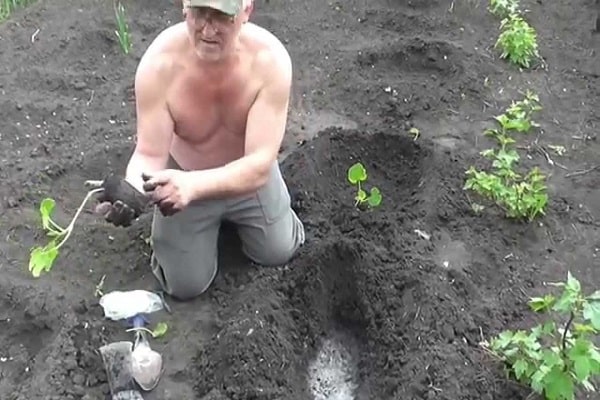
In order not to confuse squash seedlings with pumpkin or cucumber seedlings, you need to know the distinctive features. The signs of how to recognize squash seedlings are as follows: long cotyledonous leaves, the first leaves are thin with carved edges, the color is pale green, the stems are elongated.
Basic rules of care
To get a rich and high-quality harvest during the period of growing zucchini, it is important to follow some care rules. Vegetables need to be watered correctly, weeded and loosened the beds in time, formed whips, applied fertilizers, and prevented the development of diseases and pests.
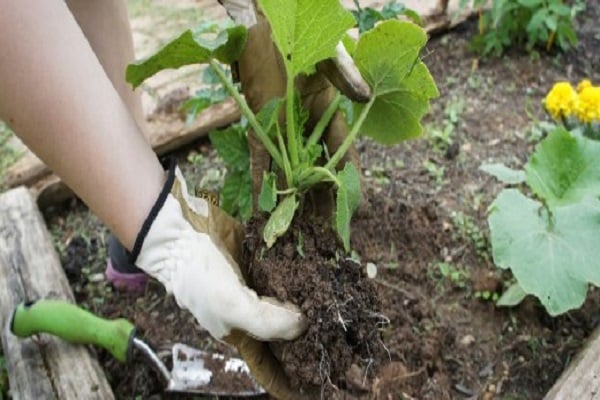
To get a good harvest and reduce the likelihood of infection with fungal diseases, it is important to properly form a squash bush. A formed bush develops better, since sunlight penetrates freely to all parts of the plant, and pollinating insects have access to flowers.
Watering
Watering zucchini shouldn't be too frequent. You need to water abundantly, warm, settled water, not less than +20 degrees. In this case, the earth should be saturated by 40–45 cm.
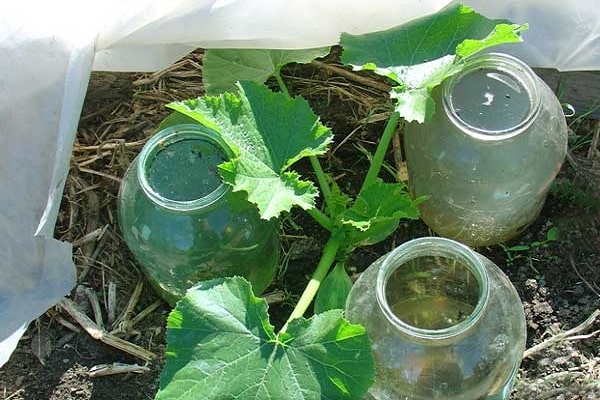
- Young shoots are watered every 3-4 days.
- During flowering, it is recommended to water the soil twice a week; after the procedure, you need to loosen the soil, preventing the formation of a crust. For 1 sq. m is consumed about 10 liters of water.
- During the formation and ripening of the vegetable, it is recommended to irrigate the beds once every 6-7 days. The amount of water per 1 sq. m increases to 20 liters.
- Watering is stopped 10 days before harvesting.
Excess moisture leads to the development of diseases, the fruits lose their property for long-term storage and taste decreases. If there is not enough water, then the taste of the zucchini pulp becomes bitter.
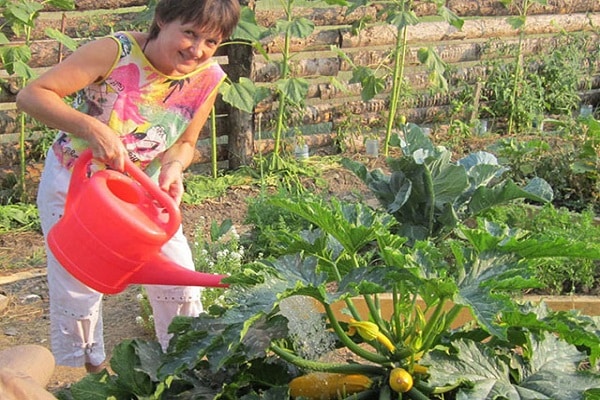
Outdoor care is not complete without fertilization.Zucchini needs them throughout the growing season (especially during flowering). A warm solution of organic or mineral components should be watered at the root in the morning or evening.
Top dressing
Feeding zucchini increases productivity by 70–80%! Top dressing is carried out at least three times per season:

- The first feeding is done after the seventh leaf is unfolded. A mixture of ammonium nitrate, potassium sulfate and superphosphate is suitable.
- During the period of active flowering, it is useful to make a solution from mullein and nitrophoska.
- During the period of ovary formation, it is useful to apply organic fertilizers. For example, a solution of mullein or bird droppings.
- At the beginning of fruiting, it is useful to make a solution based on wood ash.
For zucchini, both the lack of trace elements and their excess are harmful. Therefore, it is important to observe the proportions during breeding and alternate mineral supplements with organic ingredients.
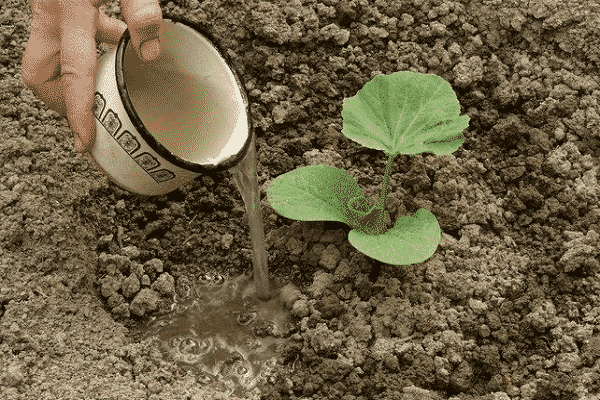
Topping
Whether it is necessary to pinch zucchini in the open field depends on the variety. Zucchini and zucchini of bush and self-pollinated varieties do not need pinching. Their fruits are formed on the central stem. The main thing is to collect ripe zucchini on time. They should be about 15 cm long. Harvesting is done twice a week. Frequent picking of fruits stimulates the formation of new ovaries.

If the zucchini bushes have grown a lot, then you can remove a couple of leaves so that light and heat can penetrate the stem without obstacles. It is better to do this during the fruiting period in the places of fruit formation.
To carry out the procedure, you need to correctly determine the time when to form the zucchini. Each bush of climbing varieties pinch the top above 5-6 leaves. Some growers also remove part of the main stem during the budding period. By this time, there are already several side shoots.

Controlling powdery mildew
Diseases of zucchini in the open field include: summit bacteriosis, anthracnose, rot, fusarium, cucumber mosaic. But powdery mildew is most common. The main symptom of a fungal disease is the appearance of a white bloom on the leaves. Gradually, they curl, turn yellow and dry out.
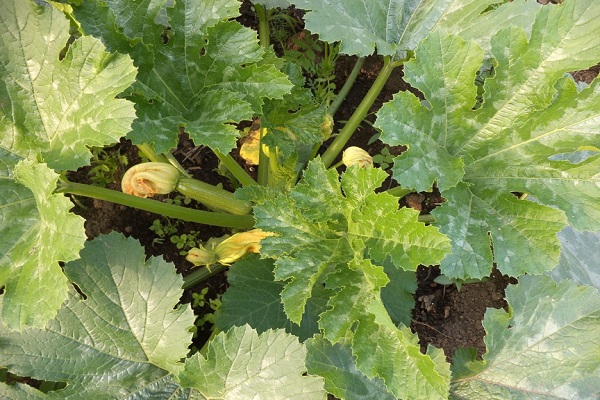
The fight against powdery mildew consists in proper watering, balanced application of nitrogen fertilizers. The affected leaves are removed, and all beds are treated with fungicides (Quadris, Topaz, Fundazol).
Pests can be found on zucchini seedlings and an adult plant. It can be a spider mite, melon aphid, sprout fly, whitefly. The main preventive measure is the autumn digging of the earth, seed dressing and the destruction of plant residues from the beds.

Planting zucchini
Zucchini is often considered a squash, but this vegetable is a type of pumpkin. It has a number of advantages: the bushes are compact, there are no large, spreading lashes, the leaves are smooth, thornless. It makes no sense to form zucchini in the open field. The rest of the cultivation and care is no different from zucchini.

